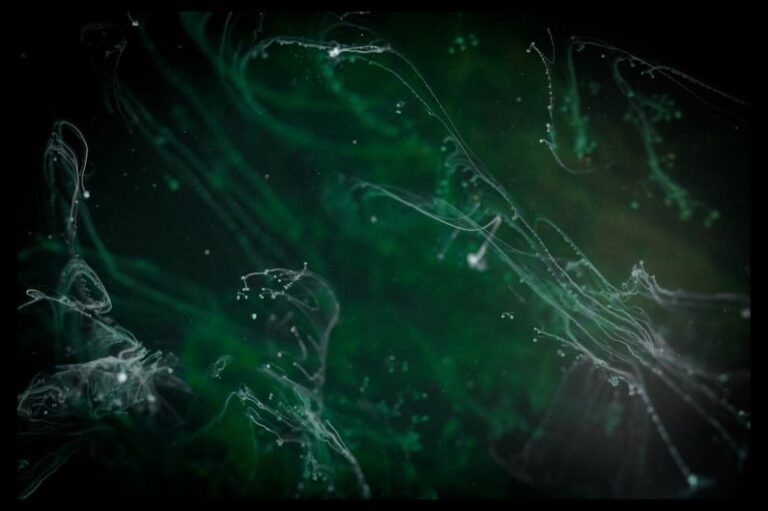The Evolution of Environmental Controls in Tube Plants
Tube plants, also known as tube mills, play a crucial role in the manufacturing industry, particularly in the production of pipes, tubes, and other cylindrical products. Over the years, the environmental controls in tube plants have undergone significant evolution to comply with stringent regulations and minimize the impact on the environment. This article explores the journey of environmental controls in tube plants, from their early stages to the advanced technologies used today.
### Early Environmental Concerns
In the early days of tube plant operations, environmental considerations were often overlooked in favor of maximizing production output. As a result, emissions of harmful pollutants such as particulate matter, sulfur dioxide, and nitrogen oxides were released into the atmosphere, contributing to air pollution and posing health risks to workers and nearby communities. The lack of proper waste management practices also led to soil and water contamination in the vicinity of tube plants.
### Regulatory Changes and Compliance
The growing awareness of environmental issues and the need for sustainable practices prompted regulatory bodies to introduce stringent regulations governing emissions and waste management in industrial facilities, including tube plants. These regulations required tube plants to implement pollution control measures to reduce emissions and adopt best practices for waste disposal. Non-compliance with these regulations could result in hefty fines and legal penalties, incentivizing tube plant operators to invest in environmental controls.
### Introduction of Pollution Control Equipment
To meet regulatory requirements and improve environmental performance, tube plants started investing in pollution control equipment. One of the earliest technologies adopted was the installation of dust collectors to capture particulate matter generated during the tube manufacturing process. These dust collectors helped reduce emissions of harmful particles into the atmosphere, improving air quality both inside and outside the plant.
### Advancements in Emission Control Technologies
As environmental regulations became more stringent, tube plants began exploring advanced emission control technologies to further reduce their environmental footprint. One of the key innovations in this area was the development of electrostatic precipitators, which use electrostatic forces to capture and remove fine particles from flue gases. By installing electrostatic precipitators, tube plants were able to achieve higher efficiency in capturing particulate matter and meeting stricter emission standards.
### Waste Management and Recycling Initiatives
In addition to controlling emissions, tube plants also focused on improving waste management practices to minimize their environmental impact. Recycling initiatives were introduced to repurpose scrap metal generated during the tube manufacturing process, reducing the amount of waste sent to landfills. By implementing recycling programs, tube plants not only reduced their carbon footprint but also contributed to the circular economy by promoting resource conservation.
### Integration of Sustainable Practices
In recent years, tube plants have embraced a holistic approach to environmental management by integrating sustainable practices into their operations. This includes investing in energy-efficient technologies, optimizing water usage, and promoting biodiversity conservation on plant premises. By adopting sustainable practices, tube plants not only reduce their environmental impact but also enhance their reputation as responsible corporate citizens.
### Future Outlook and Continued Innovation
Looking ahead, the evolution of environmental controls in tube plants is expected to continue as technology advances and regulatory requirements become more stringent. Innovations such as carbon capture and storage, renewable energy integration, and smart monitoring systems are likely to shape the future of environmental sustainability in tube manufacturing. By staying at the forefront of technological advancements and embracing sustainable practices, tube plants can enhance their competitiveness while minimizing their environmental footprint.
In conclusion, the evolution of environmental controls in tube plants reflects a shift towards greater environmental responsibility and sustainability in industrial operations. From the early days of overlooking environmental concerns to the current focus on advanced technologies and sustainable practices, tube plants have made significant strides in reducing their impact on the environment. By continuing to innovate and adapt to changing regulatory landscapes, tube plants can pave the way for a greener and more sustainable future in the manufacturing industry.






